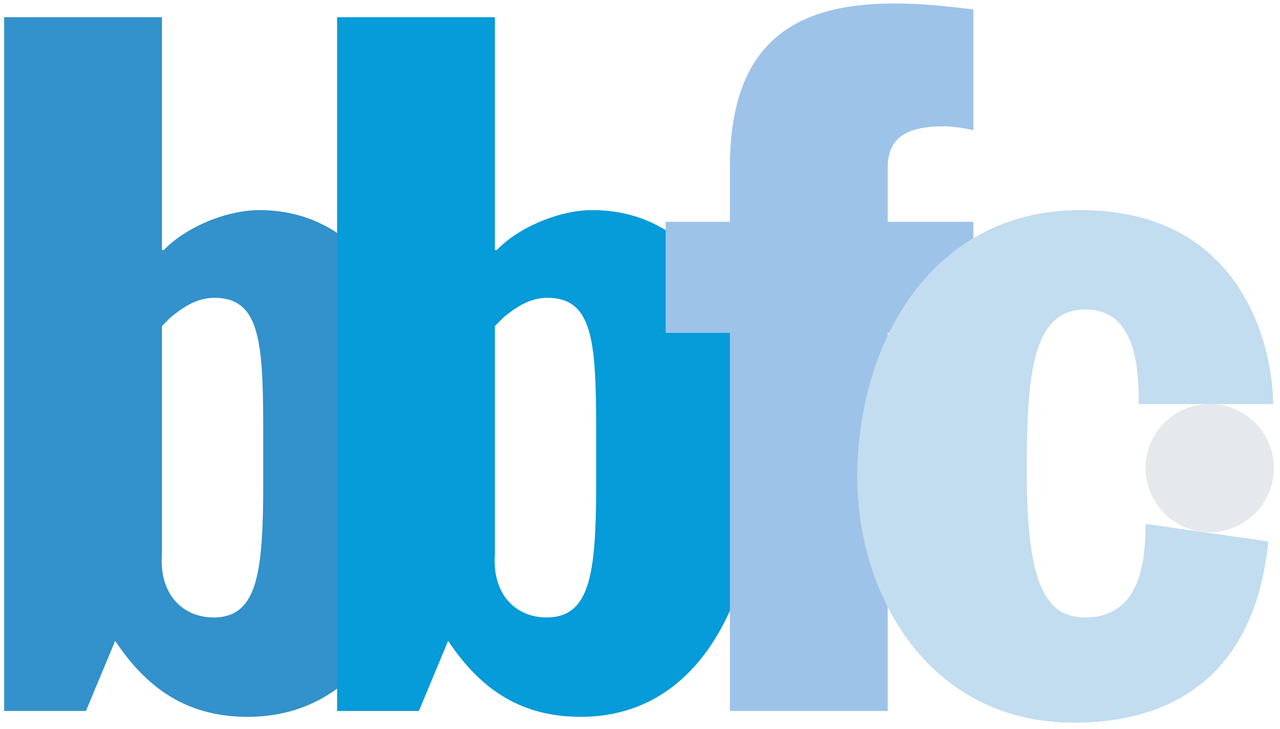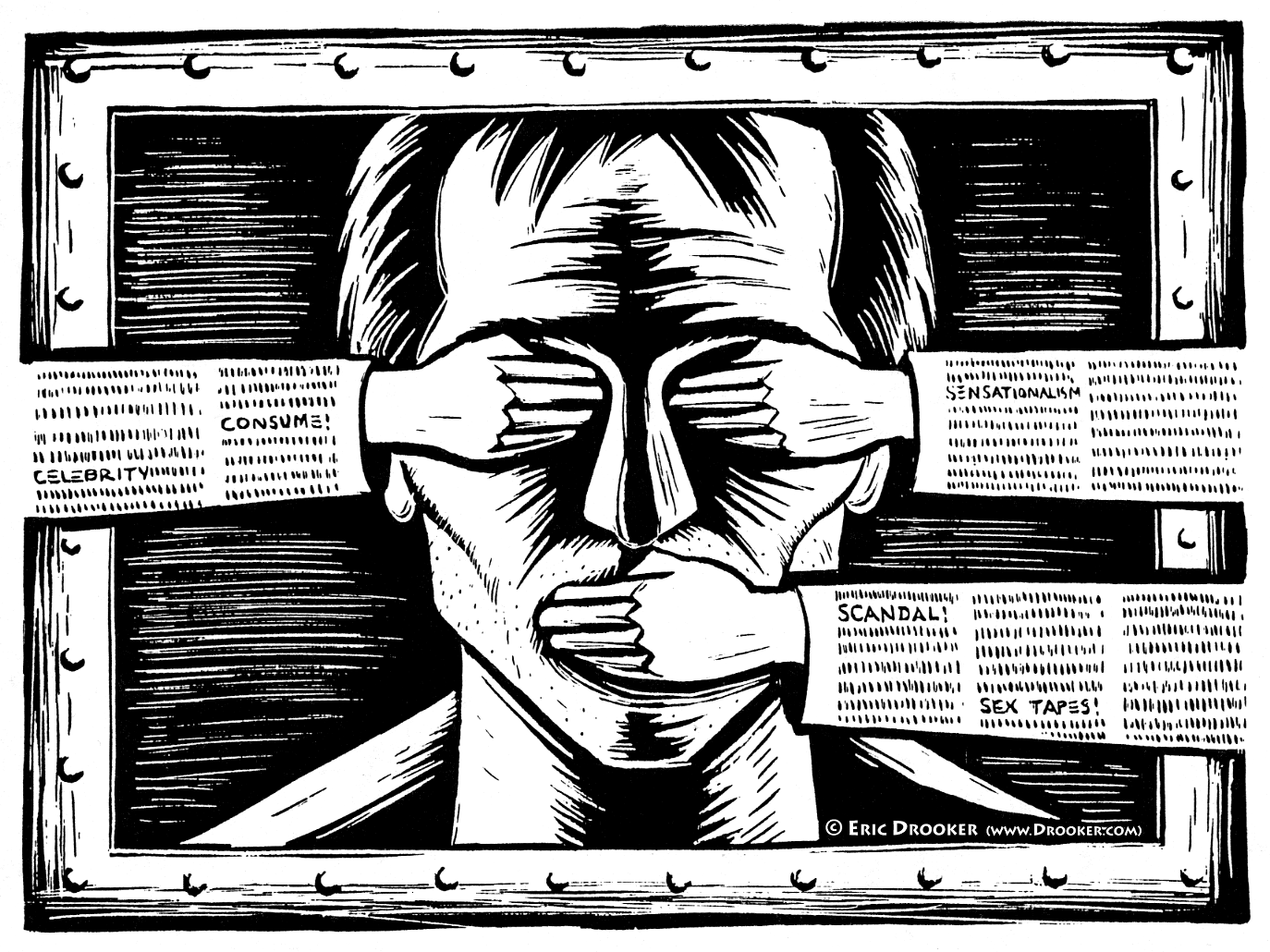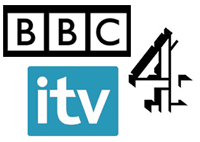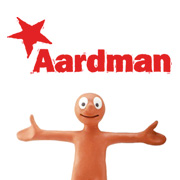Speech Package Production
The British radio industry is split up into many groups such as the private, public and community.
Public:
Public radio broadcasting is both non commercial and is an independent organisation such as the BBC which is license funded by the public for £2.08 per month.
Audience Reach: National, Local and Regional
The audience is the public since public radio is broadcasted to different regions such as the BBC, it has several radio stations that broadcast to different regions such as with BBC Leeds, BBC Asia, thus it reaches everyone. Everyone in the public is reached since BBC radio stations appeal to all forms of entertainment and news to the public of all ages.

 These are the local stations of BBC Radio across the UK such as Teeside, Manchester, Newcastle and Leeds.
These are the local stations of BBC Radio across the UK such as Teeside, Manchester, Newcastle and Leeds.BBC Radio: BBC offers many forms of entertainment and news towards a wide demographic such as Radio 1 and it's news-beat segment, which has a target demographic of 15-30, so it provides the news and makes it appropriate for that target demographic.
Community:
Community radio is not a profitable business and is a radio that is for a specific place and is funded by the community of said place. It provides local news, sports, weather and music to a local community.
- Audience Reach: Local

CVFM: CVFM Is a Community Radio for Middlesbrough which delivers a wide range of entertainment on the radio, news and can be listened to on the internet.
Private:
Private Radio is funded by advertisement companies to use the audio of their adverts such as home insurance, hotel ads, products that people might want or movie trailers.
- Audience Reach: Regional, Local
The private sector of the radio industry has many popular radio stations such as Capital FM and TFM radio which are very popular to those who have it on their radio. The audience for Capital is a young audience to the age of 15-30 since the station is updated with the latest songs that are aimed at a teenage demographic, but at the same it gives the news so it also apply's to adults. Smooth is for an older audience because it plays older music and it has the news as well, so it apply's to an older audience.
News Packages:
Genre: News Bulletin
Style Of Programme: The programme is a news bulletin that explains the recent events in the news with the proper music in the background, which is suited towards a specific audience.
Structure Of Programme: The programme starts with an introduction, then it announces what in the will be read out as a preview in a specific order and then reads out the news, after which it ends.
Contributors: Chris Mase, Simon Mundy.
Any legal /ethical consideration:
BBC Radio 5 Live:
Name Of Station: BBC Radio 5 Live
Name Of Show: 5 Live Breakfast
Target Audience: Those who like to listen to the news on the morning.
Genre: News and Bulletin
Style Of Programme: The show establishes what has happened recently in the news then they ask people to call in to give their opinions on said current situation.
Structure Of Programme: It starts out with an introduction, then the news and then people call in for their own opinion.
Contributors: Nicky Campbell and Rachel Burden
Any Legal/Ethical Considerations: They have to make sure that they do not say anything that can be offensive or make sure that their callers do the same.
Name Of Station: BBC world service
Name Of Show: BBC news summary
Target Audience: Worldwide BBC Viewers
Genre: News Bulletin
Style Of Programme: Reads out the news with a formal RP accent, so others can understand what the presenter is saying.
Structure Of Programme: The news is read out in order and is hard hitting news that is broadcasted worldwide. Hard hitting meaning that it will mostly contain news that is not good.
Contributors: The Presenter
Any legal/ethical considerations: Information must be correct and has to be backed up by correct evidence.
Factual Packages:
A Guide to Garden Wildlife on BBC Radio 4:
Name Of Station: BBC Radio 4
Name Of Show: A Guide To Garden Wildlife
Target Audience: Those who are interested in the wide range of creatures and plants around their garden.
Genre: Nature and Environment / Documentary
Style Of Programme: The explanation of creatures and plants around the garden. You can hear the sounds of the animals as if you were actually there.
Structure Of Programme: The go around a large garden and tell people about the plants and creatures around different area's of the garden.
Contributors: Brett Westwood and Phil Gates
Any legal/ethical considerations: No
Name Of Station: BBC Radio 4
Name Of Show: Space Odyssey to Europa
Target Audience: Those who may be interested in doing Astronomy.
Genre: Astronomy, Science
Style of Programme: The history of astronomy and how it has effected the world.
Structure Of Programme: They first tell how the history of astronomy began and how people have gone on theories that Jupiter could sustain life.
Contributors: Paul Murdin
Any Legal/Ethical Considerations: a balanced opinion on the views of science.
Name Of Station: BBC Radio 4
Name Of Show: A Trip Around Mars
Target Audience: Those who are interested in astronomy and would like to hear about Mars and its landscape.
Genre: Factual and Documentary
Style Of Programme: Theories on the Martian landscape and how it is possible to support life.
Structure Of Programme: It goes, introduction with Kevin Fong introducing himself, then The talks about what Mars is and it's landscape and various other things that have been involved with it, such as the Mars rover.
Contributors: Kevin Fong
Any Legal/Ethical Considerations: A balanced opinion on science and related Facts.
Name: Of Station: BBC Asian Network
Name Of Show: Nahal
Target Audience: The British/Asian Community
Genre: Discussions on Current events
Style of Programme: Informal discussions and it was very laid back, but at the same time it can get intense in it's arguments.
Structure Of Programme:
Contributors: Dr Joe
Any Legal/Ethical Considerations: Make sure that the things they say are not offensive to those who are listening.
Do not offend religious groups.
Do not use offensive language.
Be sympathetic.
Have a balanced opinion.
News Packages:
- BBC Radio 4: This BBC radio broadcast runs for 3 hours and covers the news in current affairs and it also includes the sports desk, yesterday in parliament, weather and thought for the day.
Name Of Station: BBC Radio 4
Name Of Show: Today from 6:00
Target Audience: This show is aimed for those who wake up earlier for work and an older demographic so it is aimed at workers in their 20's-50's.
Genre: News Bulletin, Longer news, Information and Current Affairs
Style Of Programme: It starts with Current Affairs in the news, sports desk, yesterday in parliament, the weather and thought of the day ends the programme.
Contributors: John Humphrys, Jim Naughtie, Sarah Sarah Montague, Evan Davis, Mishal Husain and Justin Webb
Any/Legal/Ethical Considerations: Have to be careful of what is reported on the news, such as racist content or things that some may find offensive.
BBC Radio 1
Name Of Station: BBC Radio 1
Name Of Show: News beat
Target Audience: Both Genders and 15-30Genre: News Bulletin
Style Of Programme: The programme is a news bulletin that explains the recent events in the news with the proper music in the background, which is suited towards a specific audience.
Structure Of Programme: The programme starts with an introduction, then it announces what in the will be read out as a preview in a specific order and then reads out the news, after which it ends.
Contributors: Chris Mase, Simon Mundy.
Any legal /ethical consideration:
BBC Radio 5 Live:
Name Of Station: BBC Radio 5 Live
Name Of Show: 5 Live Breakfast
Target Audience: Those who like to listen to the news on the morning.
Genre: News and Bulletin
Style Of Programme: The show establishes what has happened recently in the news then they ask people to call in to give their opinions on said current situation.
Structure Of Programme: It starts out with an introduction, then the news and then people call in for their own opinion.
Contributors: Nicky Campbell and Rachel Burden
Any Legal/Ethical Considerations: They have to make sure that they do not say anything that can be offensive or make sure that their callers do the same.
Name Of Station: BBC world service
Name Of Show: BBC news summary
Target Audience: Worldwide BBC Viewers
Genre: News Bulletin
Style Of Programme: Reads out the news with a formal RP accent, so others can understand what the presenter is saying.
Structure Of Programme: The news is read out in order and is hard hitting news that is broadcasted worldwide. Hard hitting meaning that it will mostly contain news that is not good.
Contributors: The Presenter
Any legal/ethical considerations: Information must be correct and has to be backed up by correct evidence.
Factual Packages:
A Guide to Garden Wildlife on BBC Radio 4:
Name Of Station: BBC Radio 4
Name Of Show: A Guide To Garden Wildlife
Target Audience: Those who are interested in the wide range of creatures and plants around their garden.
Genre: Nature and Environment / Documentary
Style Of Programme: The explanation of creatures and plants around the garden. You can hear the sounds of the animals as if you were actually there.
Structure Of Programme: The go around a large garden and tell people about the plants and creatures around different area's of the garden.
Contributors: Brett Westwood and Phil Gates
Any legal/ethical considerations: No
Name Of Station: BBC Radio 4
Name Of Show: Space Odyssey to Europa
Target Audience: Those who may be interested in doing Astronomy.
Genre: Astronomy, Science
Style of Programme: The history of astronomy and how it has effected the world.
Structure Of Programme: They first tell how the history of astronomy began and how people have gone on theories that Jupiter could sustain life.
Contributors: Paul Murdin
Any Legal/Ethical Considerations: a balanced opinion on the views of science.
Name Of Station: BBC Radio 4
Name Of Show: A Trip Around Mars
Target Audience: Those who are interested in astronomy and would like to hear about Mars and its landscape.
Genre: Factual and Documentary
Style Of Programme: Theories on the Martian landscape and how it is possible to support life.
Structure Of Programme: It goes, introduction with Kevin Fong introducing himself, then The talks about what Mars is and it's landscape and various other things that have been involved with it, such as the Mars rover.
Contributors: Kevin Fong
Any Legal/Ethical Considerations: A balanced opinion on science and related Facts.
Name: Of Station: BBC Asian Network
Name Of Show: Nahal
Target Audience: The British/Asian Community
Genre: Discussions on Current events
Style of Programme: Informal discussions and it was very laid back, but at the same time it can get intense in it's arguments.
Structure Of Programme:
Contributors: Dr Joe
Any Legal/Ethical Considerations: Make sure that the things they say are not offensive to those who are listening.
Do not offend religious groups.
Do not use offensive language.
Be sympathetic.
Have a balanced opinion.
- Conclusion:
In my research I have discovered that speech packages, music and even the ads are all aimed towards a specific target audience and that in any kind of radio broadcast it is all done towards the opinions and entertainment for the target audience. I have also discovered that there is a huge difference. News is just news, which can be given in a different style but all and all it is still just news, but Factual can go to any style and talk about anything that is aimed at its specific target audience as you will see in the factual speech packages above, meaning that there is always a different show towards its target audience, such as those who like comedy, nature or drama.

























































